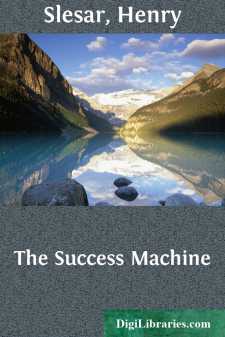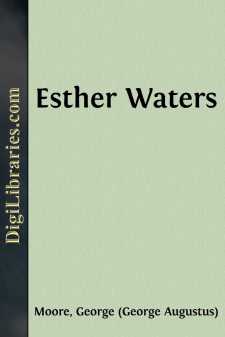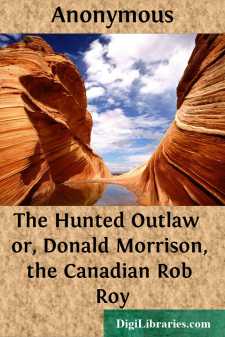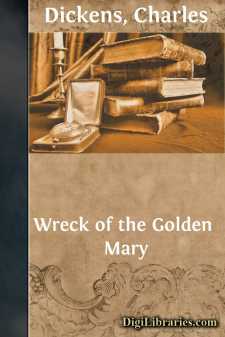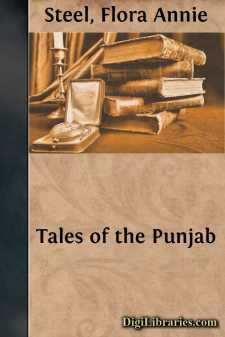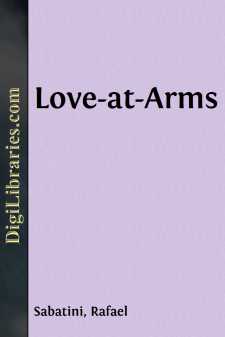Fiction
- Action & Adventure 180
- Biographical 15
- Christian 59
- Classics 6965
- Coming of Age 5
- Contemporary Women 3
- Erotica 8
- Espionage/Intrigue 12
- Fairy Tales, Folklore & Mythology 236
- Family Life 169
- Fantasy 117
- Gay 1
- General 596
- Ghost 32
- Historical 808
- Horror 43
- Humorous 160
- Jewish 25
- Legal 4
- Medical 22
- Mystery & Detective 315
- Political 49
- Psychological 41
- Religious 64
- Romance 159
- Sagas 11
- Science Fiction 730
- Sea Stories 113
- Short Stories (single author) 537
- Sports 10
- Suspense 1
- Technological 8
- Thrillers 2
- Urban Life 31
- Visionary & Metaphysical 1
- War & Military 173
- Westerns 199
Fiction Books
Sort by:
Twenty-one years ago there was privately printed in Nashville, Tennessee, a little book by J.C. Lester and D.L. Wilson, that purported to be an account, from inside information, of the great secret order of Reconstruction days, known to the public as Ku Klux Klan. It attracted little notice then; and since that time it has not been given the attention it deserved as a historical document. At the time...
more...
by:
Henry Slesar
The Personnelovac winked, chittered, chortled, chuckled, and burped a card into the slot. Colihan picked it up and closed his eyes in prayer. "Oh, Lord. Let this one be all right!" He read the card. It was pink. "Subject #34580. Apt. Rat. 34577. Psych. Clas. 45. Last Per. Vac. "An. 3/5/98. Rat. 19. Cur. Rat. 14. "Analysis: Subject demonstrates decreased mechanical coordination....
more...
CHAPTER I. CAPTAIN ARUNDEL'S REVENGE. Edward Arundel went back to his lonely home with a settled purpose in his mind. He would leave Lincolnshire,—and immediately. He had no motive for remaining. It may be, indeed, that he had a strong motive for going away from the neighbourhood of Lawford Grange. There was a lurking danger in the close vicinage of that pleasant, old-fashioned country mansion,...
more...
I She stood on the platform watching the receding train. A few bushes hid the curve of the line; the white vapour rose above them, evaporating in the pale evening. A moment more and the last carriage would pass out of sight. The white gates swung forward slowly and closed over the line. An oblong box painted reddish brown and tied with a rough rope lay on the seat beside her. The movement of her back...
more...
by:
Anonymous
CHAPTER I. "Let not ambition mock their useful toil,Their homely joys and destiny obscure,Nor grandeur hear with a disdainful smile,The short and simple annals of the poor."Gray. The Counties of Compton and Beauce, in the Province of Quebec, were first opened up to settlement about fifty years ago. To this spot a small colony of Highlanders from the Skye and Lewis Islands gravitated. They...
more...
by:
Charles Dickens
THE WRECK I was apprenticed to the Sea when I was twelve years old, and I have encountered a great deal of rough weather, both literal and metaphorical. It has always been my opinion since I first possessed such a thing as an opinion, that the man who knows only one subject is next tiresome to the man who knows no subject. Therefore, in the course of my life I have taught myself whatever I could,...
more...
An Encore ACCORDING to Old Chester, to be romantic was just one shade less reprehensible than to put on airs. Captain Alfred Price, in all his seventy years, had never been guilty of putting on airs, but certainly he had something to answer for in the way of romance. However, in the days when we children used to see him pounding up the street from the post-office, reading, as he walked, a newspaper...
more...
Many of the tales in this collection appeared either in the Indian Antiquary, the Calcutta Review, or the Legends of the Punjab. They were then in the form of literal translations, in many cases uncouth or even unpresentable to ears polite, in all scarcely intelligible to the untravelled English reader; for it must be remembered that, with the exception of the Adventures of Raja Rasâlu, all these...
more...
by:
Rafael Sabatini
CHAPTER I. VOX POPULI From the valley, borne aloft on the wings of the evening breeze, rose faintly the tolling of an Angelus bell, and in a goat-herd's hut on the heights above stood six men with heads uncovered and bowed, obeying its summons to evening prayer. A brass lamp, equipped with three beaks, swung from the grimy ceiling, and, with more smoke than flame, shed an indifferent light, and...
more...
CHAPTER XVI The two ladies received Mr. Hardy's information with something akin to consternation, the idea of the autocrat of Equator Lodge as a stowaway on board the ship of his ancient enemy proving too serious for ordinary comment. Mrs. Kingdom's usual expressions of surprise, "Well, I never did!" and "Good gracious alive!" died on her lips, and she sat gazing helpless and...
more...



